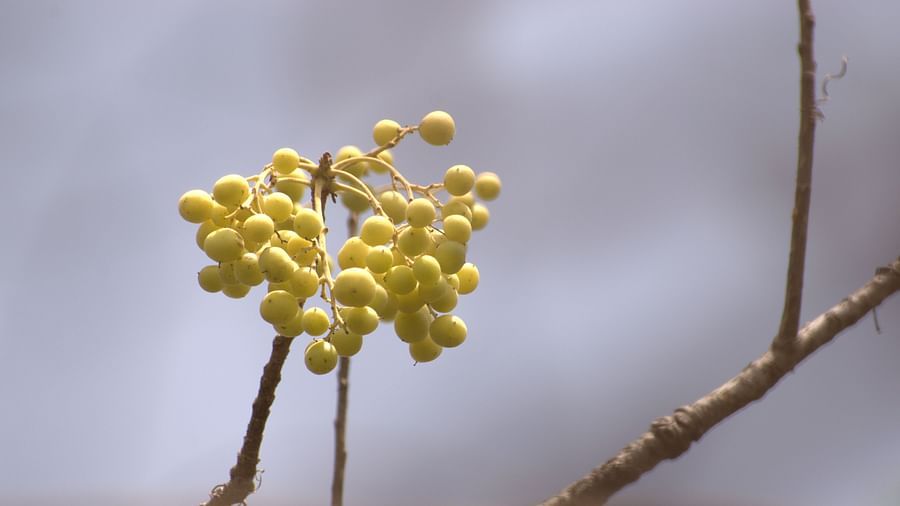- This Month in Wildlife Sightings #Jan2022
- This Month in Wildlife Sightings #Feb2022
- This Month in Wildlife Sightings #March2022
- This Month in Wildlife Sightings #April2022
- This Month in Wildlife Sightings #June2022
- This Month in Wildlife Sightings #Sep2022
- This Month in Wildlife Sightings #Nov2022
- This Month in Wildlife Sightings #Dec2022
- This Month in Wildlife Sightings #March2023
- This Month in Wildlife Sightings #April2023
- This Month in Wildlife Sightings #May2023
- This Month in Wildlife Sightings #June2023
- This Month in Wildlife Sightings #May2024
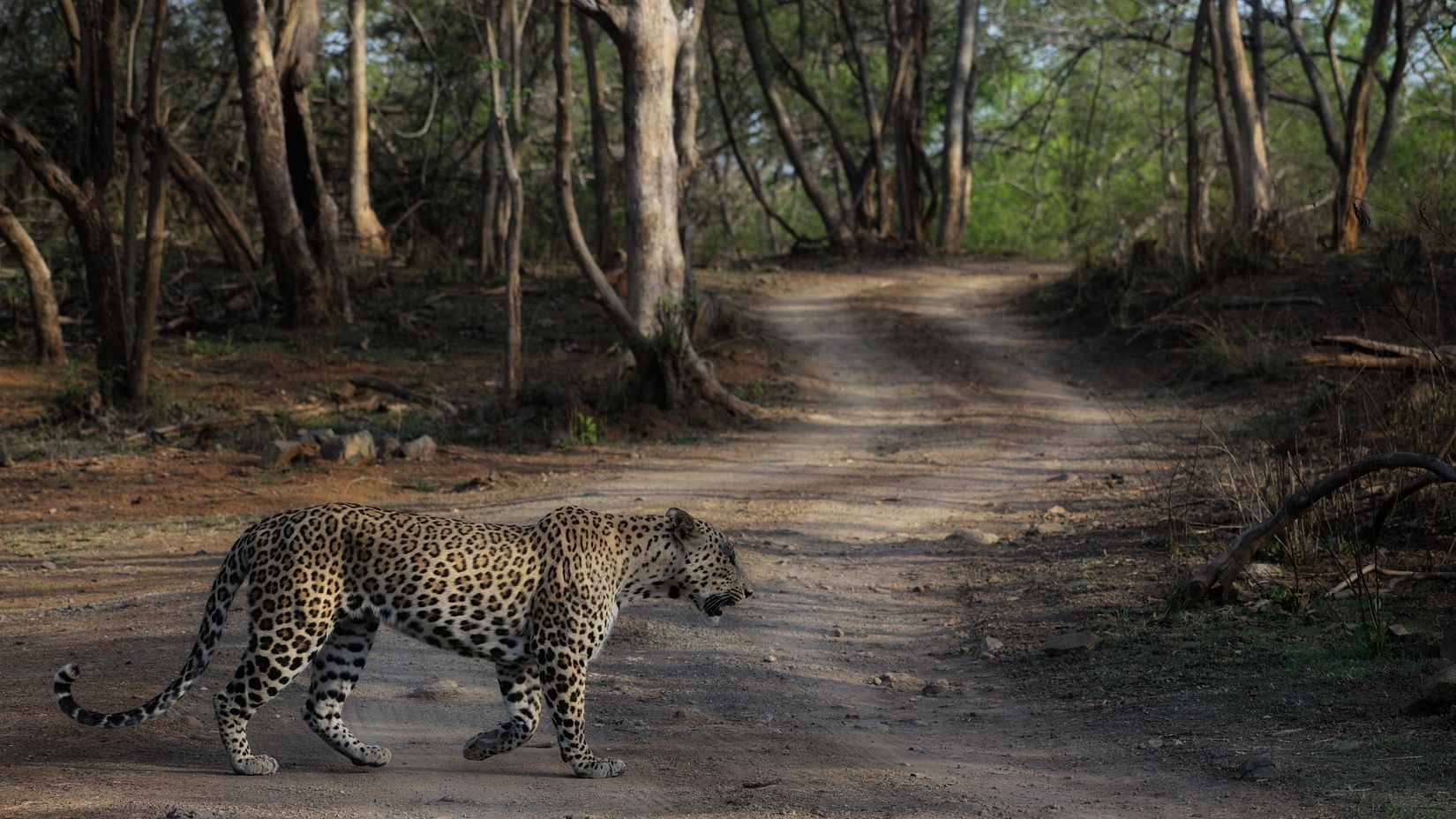
With some incredibly brilliant wildlife sightings and wonderfully warm weather, our naturalist Piyush talks about how this time in Gir is all about interesting discoveries around every corner of the forest.
The vegetation in Gir National Park comprises mixed deciduous forest with semi-evergreen trees, shrubs, large grasslands and rocky hills, making it the largest dry deciduous forest in western India. The forest is mostly dry with shrubs such as Babul and a few flowering trees which are sparse and short. And this eventually makes for the perfect habitat for the beloved Asiatic Lions. Besides these majestic creatures, the forest is home to about 39 species of mammals, 37 species of reptiles, over 300 bird species and about 2000 insect species.
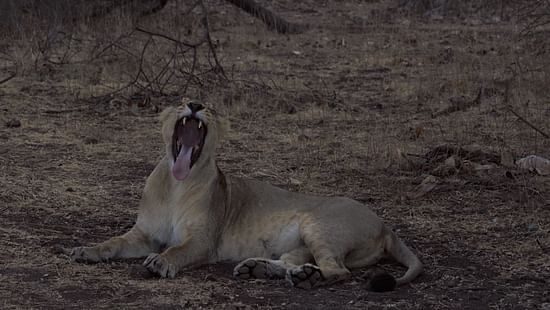
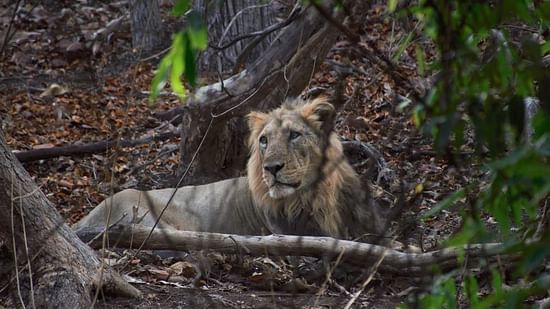

During the summer season, from March to June in Gir National Park, the wildlife is mostly found near artificial water ponds made by the forest department. This season also marks one of the most important phenomenon – Bird Migration. The World Migratory Bird Day this year came with its theme on water and its importance for the migratory birds. Water is fundamental to life on our planet and the vast majority of migratory birds rely on aquatic ecosystems during their life cycles. Inland and coastal wetlands, rivers, lakes, streams and ponds are all vital for feeding, drinking and nesting.
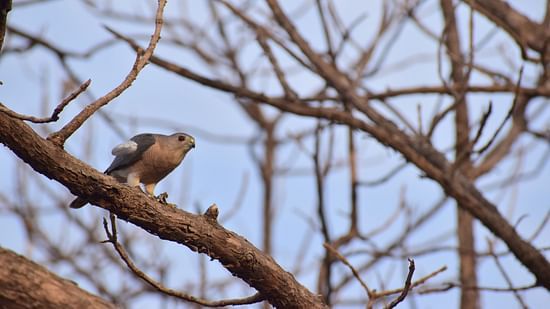
Shikra
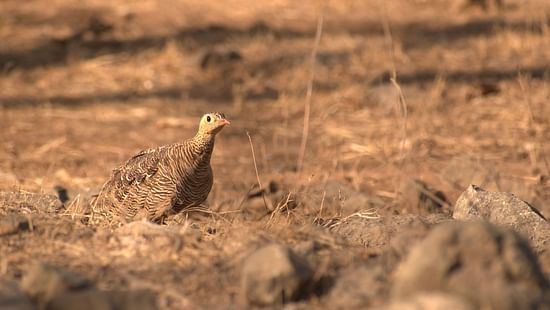
Painted Sandgrouse
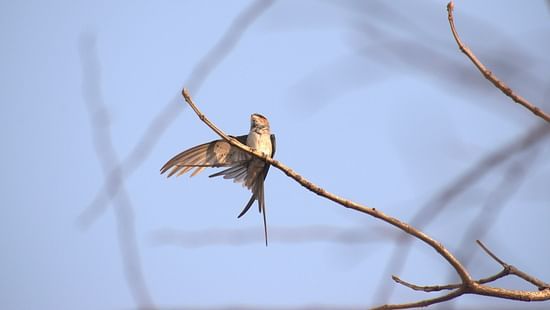
Treeswift
Interestingly, Gir is also home to a wide array of trees such as Teak, Palash, Acacia, Banyan, Jamun, Tendu, Ziziphas, Dhaka and many medicinal plants. Teak-bearing areas account for over half of the total vegetation area (around 63%) in Gir. And this is why Gir forest is labelled as dry teak forest.





Hiran River is one of the major rivers in Gir forest; its tributaries flow in various parts of Gir which serve not only the wild flora and fauna but also the villagers residing near it. Besides Hiran, even other rivers flow through the Gir forest namely Datardi, Godavari, Machhundri, Rawal, Shetrunji and Shingoda.






The summers in Gir can get extremely hot and this is why lions and other animals spend their day under dense shrubs and shade of Carissa Carandas (Karonda) trees Immune to heat, these trees provide cooling and act as the perfect saviors.

What a beautiful month in sightings this has overall been! See for yourself. And to experience all of this in person, book your stay with us now.

